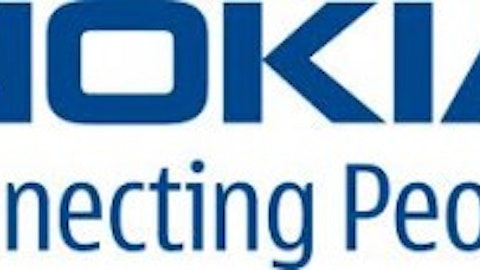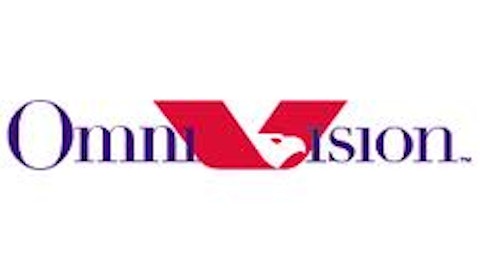Many investors know the story of Eastman Kodak. The company was once a darling of the stock market. In the ’70s it gained a near 90% market share in the American market for photographic film. Kodak could do no wrong. Then the transition to digital cameras happened, and the company couldn’t keep up. Its stock is down 99.86% from July 1999 prices.

Now makers of digital cameras are facing a shift in the way people take pictures. The awesome technology in smartphones today allows people to take high quality pictures without paying thousands of dollars for a high quality digital camera. In the first five months of 2013, global shipments of compact digital cameras dropped by a staggering 43%. What are the implications for the biggest companies in that field?
The top 3 camera companies
The largest company in the camera business is Canon Inc. (ADR) (NYSE:CAJ), . According to IDC, the company has a 23% share of the global camera market. In second place, with a 21% market share, is Nikon (NASDAQOTH:NINOY.PK). Sony Corporation (ADR) (NYSE:SNE) has a 15% market share and rounds out the top three.
Research from IDC also states that the global digital camera market peaked in 2010 and goes on to suggest that in 2013 sales may drop by as much as 30% from that record level. If that’s true, companies that are heavily dependent on digital cameras for profits would not seem to have bright prospects.
How reliant is Canon Inc. (ADR) (NYSE:CAJ)?
49.1% of Canon Inc. (ADR) (NYSE:CAJ)’s sales come from its office business unit. That segment sells copiers and laser printers, not digital cameras. Its imaging systems segment, which includes sales of digital cameras, accounts for 39.4% of the company’s sales of digital cameras. The company isn’t incredibly dependent on digital cameras, but poor sales would have a significant negative impact on its financial results.
The company’s sales to business customers peaked in 2006. Since then, they have declined by 34.7%. Imaging systems are sales of products, mainly cameras, to individual consumers. The company’s sales to individual customers grew impressively between 2001 and 2007, the year sales peaked. But sales to individuals have declined 11.5% since that peak year.
A closer look at Nikon
For Nikon, digital cameras are part of its imaging products segment, a segment that generates 91.8% of revenues. The contraction of the digital camera market is not seriously hurting this segment’s performance. Strong sales of the company’s digital cameras with interchangeable lenses are propelling Nikon. In the year ended March 31, total sales increased by 28% to $7.9 billion. Operating income was up 12.5% to $639 million.
Net working capital is one of the best metrics to identify bargain stocks. To calculate it, subtract the company’s total liabilities from its current assets. A company that has more net working capital than its market cap is usually a great buy. Nikon’s net working capital is $2.07 billion, 24.4% of its market cap.
What about Sony Corporation (ADR) (NYSE:SNE)?
Revenue for cameras and related accessories for the company was 28.4% lower in 2013 than in 2011. Even such a large decline in sales won’t single-handedly ruin the company. Sales of camera products only constitute 6.6% of its total revenue.





